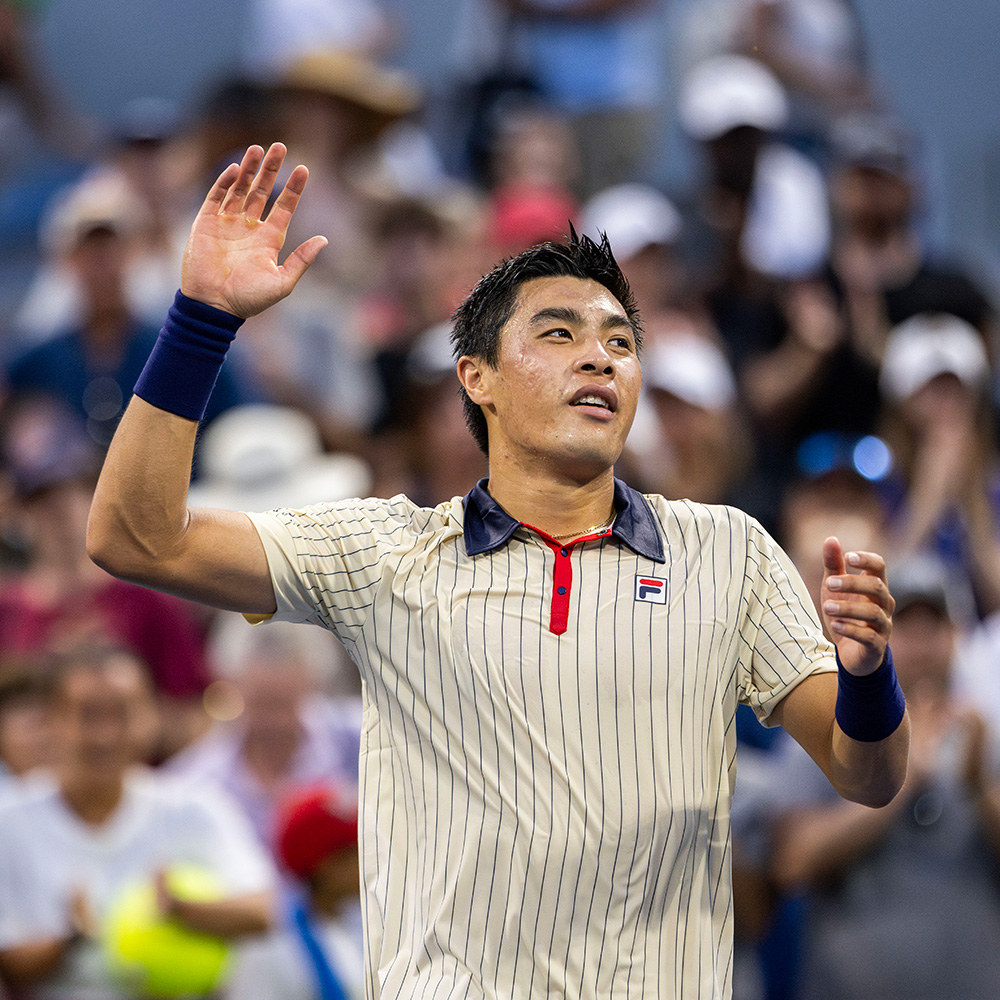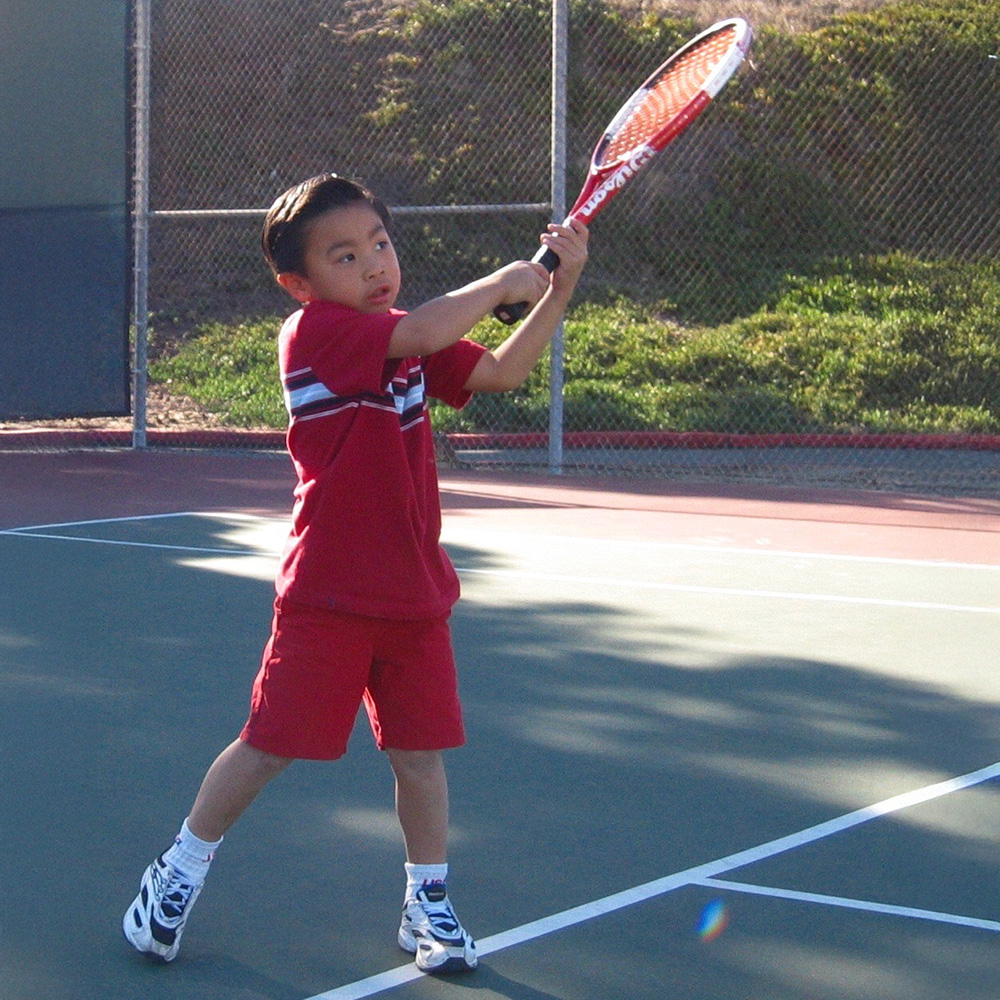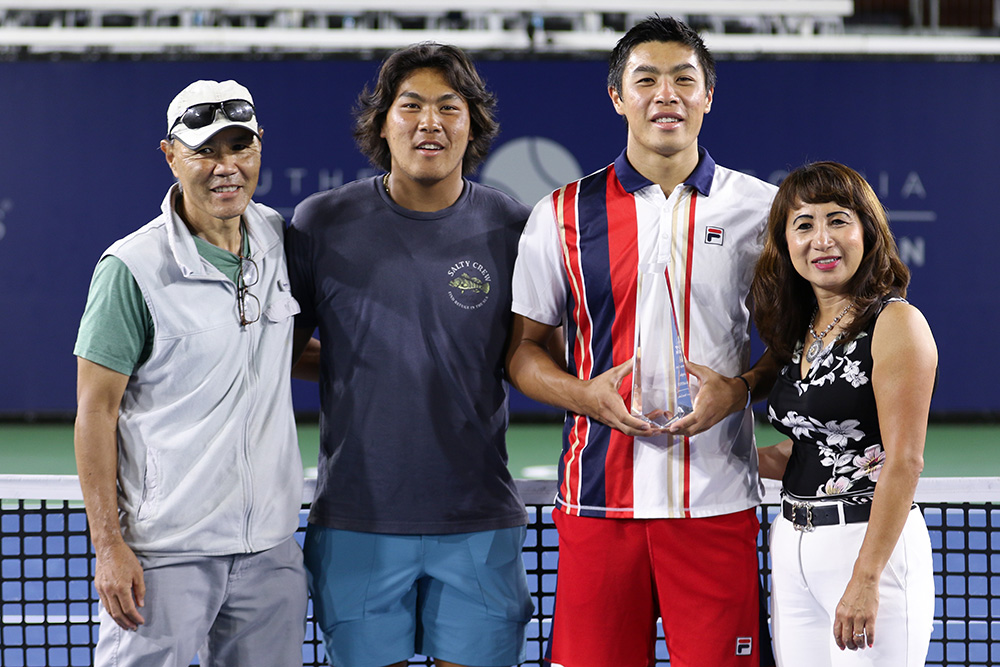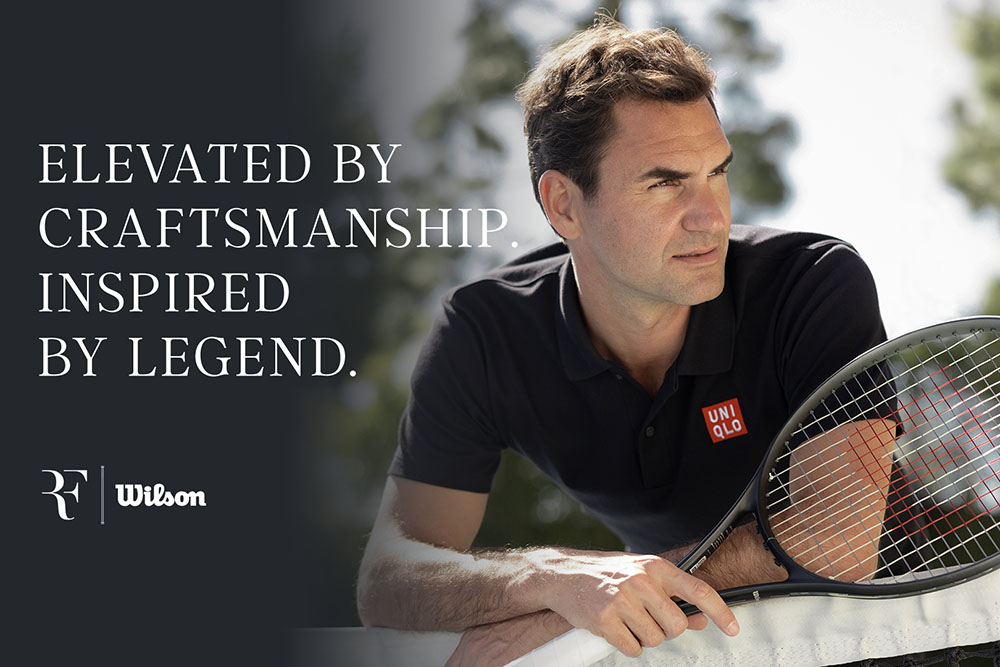Quiet Fire: The Other Side of Brandon Nakashima
USTA SOUTHERN CALIFORNIA
USTA SOUTHERN CALIFORNIA



Top: Brandon Nakashima waves to the crowd after defeating Holger Rune at the 2024 US Open. (Photo – Lexie Wanninger/USTA for US Open)
Middle: Young Brandon Nakashima practicing his two-handed backhand on a tennis court in San Diego during his junior tennis days.
Bottom: Brandon Nakashima celebrates with his family after winning the San Diego Open, his first ATP Tour title. (Photo – Lexie Wanninger/USTA for US Open)
Top: Nakashima waves after beating Rune at the 2024 US Open. (Photo – Lexie Wanninger/USTA for US Open)
Middle: Young Nakashima practicing his backhand in San Diego.
Bottom: Nakashima celebrates his first ATP title at the San Diego Open with family. (Photo – Lexie Wanninger/USTA for US Open)
The pitcher’s mound at Petco Park felt a world away from the USTA Billie Jean King National Tennis Center. But on a sunlit afternoon last September, after a fourth-round appearance at the US Open, Brandon Nakashima stood tall in his Padres jersey, wound up, and delivered the ceremonial first pitch with the same calm intensity he brings to every tennis match. Focused and unshaken under pressure, his poise revealed the essence of a competitor whose strength lands without fanfare.
Now 24, Nakashima returns to New York as a formidable presence on hard courts. Raised in Southern California with Japanese and Vietnamese heritage, he has built a career on focus, consistency, and mental resilience. Staying calm and present during critical moments lets his racquet speak while keeping him understated yet lethal. That approach has fueled deep Grand Slam runs, a hometown ATP Tour title, and a commanding resurgence in American tennis.
Beneath the reserved exterior lies a layered personality. When he’s not ripping Jimmy Connors-like backhands, he might be chasing birdies on a golf course, cheering for the Padres, watching soccer or football, or following the high-speed drama of Formula 1, rooting for his favorite drivers, Lewis Hamilton and Fernando Alonso. Hobbies like these help him stay refreshed and focused, giving him balance beyond tennis.
“If I had a day completely away from tennis,” he says, “I’d watch a live baseball game, explore a city with friends, and finish with a nice dinner. For a casual golf scramble, I’d play with my dad, my brother—he’s slowly getting into it now—and one of my cousins.”
A Game Rooted in Family
Nicknamed “B-Nak,” Brandon started playing tennis at three with his grandfather, Anh Pham, at local parks. He quickly rose to world No. 3 in juniors and won the 2018 ITF Junior Masters. High Bluff Academy let him train, travel, and stay on track academically, a discipline that would define his career.
After a standout freshman season at the University of Virginia—earning ACC Freshman of the Year in 2019—Nakashima turned pro. By 2021, he made back-to-back ATP finals and cracked the Top 100 before his 20th birthday. In 2022, he won his first ATP title at the San Diego Open and captured the Next Gen ATP Finals in Milan.
Injury, Challenges, and Comeback
2023 brought a left knee injury and a crisis of confidence that dropped his ranking from No. 43 to No. 151. “Being away from tournaments and not being able to go full out in practice was new for me,” he reflects. “Getting healthy was one thing, but regaining confidence was another. You can’t take things for granted, especially your health. You just have to stay positive, even when things aren’t going well.” Longtime childhood coach Angel Lopez says the year was tough, but Brandon concentrated on positives and steadily worked through it.
Rather than rushing back, Nakashima deliberately rebuilt his game at the less glamorous ATP Challenger level, winning 27 of 35 matches. He has since captured his first ATP doubles title in Delray Beach, reached a career high singles ranking of No. 29, and grown more confident and expressive, occasionally pumping his fist or raising both hands in triumph, showing glimpses of a dynamic, assertive style while keeping the calm, focused intensity that defines him.
Southern California Tennis Roots Built in San Diego
San Diego shaped more than Brandon’s game; its laid-back environment shaped his mindset. Strong support from family, local tennis clubs, and former coaches helped cultivate his easygoing nature. Younger brother Bryce Nakashima notes, “He rarely complains and approaches life with a steady, composed attitude. This calmness has been a part of him since childhood and is likely influenced by our father, who is also very laid-back.”
Lopez notes Brandon stood out not just for smooth strokes but for his approach to training. Emphasizing plyometrics over heavy lifting, listening to his body, and prioritizing growth, he has grown stronger and fitter while keeping the open, evolving mindset that has guided him from juniors to the ATP Tour.
Layers Beneath the Surface
Off the court, Nakashima’s grounded personality contrasts with the high stakes of professional tennis. Bryce calls him a loyal family man who cherishes simple pleasures and effortlessly excels at games—board games, ping pong, pool, or darts.
That playful side rarely shows in post-match interviews, but those who know him see it clearly. Lopez adds: “He’s soft spoken, has a great sense of humor, and is super down to earth. Very humble, no ego—but a positive guy, and honestly, pretty funny.”
Watching other sports also inspires him. “Seeing athletes perform at the top level—their focus, how they handle pressure, and how they react in tough moments—is really insightful and motivating. It helps me out on the court too,” he says. Though he’s never tried surfing, he hopes to one day. “I’d like to, but I never had the time yet,” he laughs.
Giving Back Through Tennis
Despite life on tour, Nakashima stays rooted in the values his mother instilled: gratitude and giving back. She taught him and Bryce to appreciate every opportunity and never take anything for granted. “Brandon has always carried that lesson with him,” Bryce explains.
For Brandon, giving back is deeply personal: “A lot of people don’t have the opportunities I had, so being able to show them an example or introduce them to tennis is really fulfilling. Whether it’s on the court or off, taking it back to the community has always been very important to me.”
He finds fulfillment in introducing others to tennis and giving back through clinics, charity matches, and mentorship. Bryce observes, “I’ve personally seen the impact of the work he’s done, including his involvement with Ivan Smith and other charitable efforts. It speaks volumes about the kind of person he is not just as an athlete, but as someone who leads with character and compassion.”
Calm Intensity on the Court
Fans often overlook the intensity beneath Nakashima’s composed exterior. His game—anchored in precision, patience, and mental resilience—turns humility into his most disarming weapon.
“I admire how he puts his head down and never complains or makes excuses,” Bryce says. “His mindset has helped his game—he’s stayed mentally tough through setbacks, yet still shows up to the next practice or tournament with a positive, hungry attitude. He’s traveling 10 months out of the year and living out of a suitcase, which is such a hard life, and he’s been doing it ever since he was in the juniors.”
Last year, Nakashima reached the second week at the US Open for the first time. “It was super special, especially in those big matches with the U.S. crowd behind me,” he reflects. “It was some of the best atmosphere I’ve experienced in my career. Each match gets tougher, you’re not feeling as fresh later in the tournament, and playing best-of-five for two weeks is tough on the body. This year we’ve put a big emphasis on fitness—being explosive and fast even in longer matches. The last five to six months we’ve been on the right track, and it’s exciting to see the progress.”
Through challenges and long stretches away from home, Brandon maintains his composure. He doesn’t give opponents anything to feed off. That calm doesn’t mean shutting out the noise though; at the US Open, he thrives on it. “I definitely enjoy it,” he says of the crowd’s energy. “Having family, friends, and my team in my corner helps me stay grounded… and the atmosphere really motivates me.”
Steady, Focused, and Ready for the US Open
As the US Open approaches, Nakashima steps onto the court with intent. Not for flash, not for headlines—he’s here for the long game: steady, focused, and quietly dangerous. Greatness isn’t about volume; it’s about showing up with purpose. You’ll never hear him scream “let’s go” or roar across the stadium; his intensity is measured, internal, and relentless. On and off the court, his resilience, thoughtfulness, and integrity shine. Every match, practice, and act of mentorship reflects the quiet fire defining his journey. Nakashima isn’t just a player to watch; he’s a competitor whose character, determination, and poise inspire as much as his tennis.





